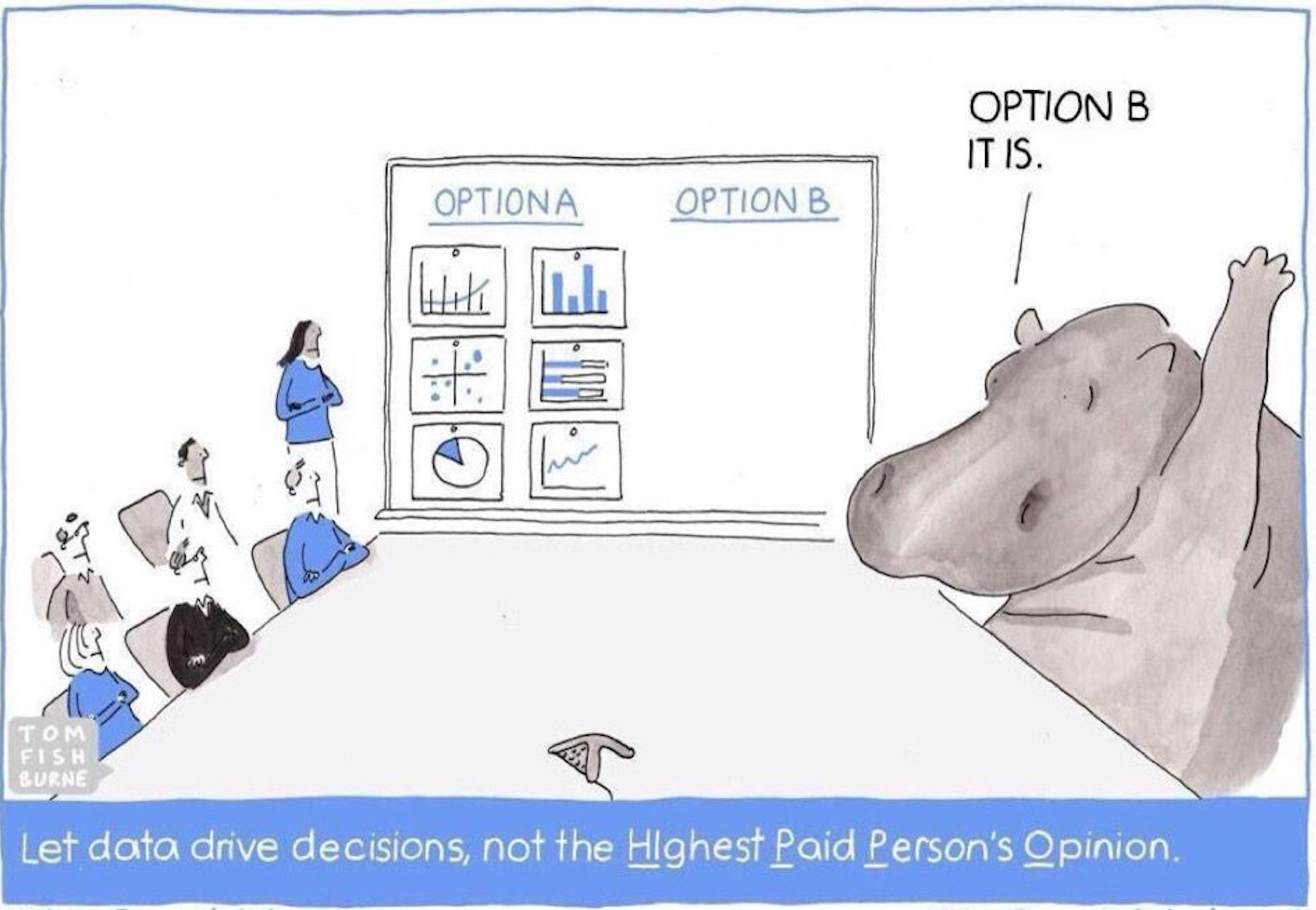Emotion is at the heart of understanding, measuring, and improving our relationships. And people are emotionally invested in brands. When you monitor emotion and measure sentiment, you try to gauge the tone, context, and feeling from customer actions. Whether a customer completes a purchase, leaves a review, or mentions your company socially, there is always an emotional state connected to their action.
After one bad experience, it’s easier for most customers to leave silently rather than providing feedback when they aren’t asked for it. Our research shows that 96 percent of dissatisfied customers won’t complain directly to the company. At the end of the day, many customers feel that providing feedback is simply too time-consuming, too annoying, and too much of a hassle. It’s much easier for them to simply uninstall your app and move on to the next alternative.
The risk of customer churn due to negative sentiment isn’t news to most companies, and many think they are capturing emotion and measuring sentiment across their digital experiences. But even when their intent is in the right place, oftentimes their execution is flawed.

There’s an easy explanation for this phenomenon. For customers, the channels outside of mobile are neither convenient nor conducive to their experience. When they go to give feedback, the channels require leaving the app, launching an app store or email client, and describing the query at hand using an obnoxiously small keyboard. Even when the desire to provide feedback exists, it takes unnecessary time and energy to remove themselves from the in-app experience, which results in a feedback drop-off.
In addition to the more obvious reasons emotion and sentiment are not prioritized in customer relationship discussions, there is another major factor that could throw you off course: the HIPPO in the room.

So what’s the solution to clearing the noise and enacting a lasting strategy to boost your app’s ratings and reviews? You must look beyond reviews and focus on hearing from more of your customers. To do that, keep reading below or check out our free eBook to learn how to light up that silent majority and gather a more accurate understanding of the voice of the customer.
How to Improve Your App Now
At one point or another, almost all apps face some type of ratings and/or reviews problem. With a direct impact on acquisition hanging in the balance, these challenges need to be solved NOW.
If your app has been there in the past or is currently struggling in the app stores, we hear you. We know it’s urgent. We know you bleed money every minute you wait. However, our general recommendation is to NOT focus on ratings now. Instead, focus on what customers want you to improve in the app by putting a feedback system in place, and then turn your focus toward ratings.
First, you should spend your time and effort getting a few small wins by reaching out to customers. What is it the customers are having the most trouble with right now that you have the capacity on your product and engineering teams to fix? Focus on this low-hanging fruit for a quick win. Don’t assume that you know what customers want you to fix. Go in, actually ask them what’s going to have the biggest impact for them, and then make those changes.
Once you’ve begun to understand and act on ways your experience can be improved from your customers’ perspective, it’s time to close the loop and message the improvements out to your customers. Don’t leave your customers in the dark, and don’t assume people will just automatically notice changes. Tell them exactly what has changed and why—and say thank you for their feedback. (Shameless plug: If you’re using a customer experience product like Alchemer Mobile (formerly Apptentive), you can show customers you’ve made changes according to their feedback and then immediately prompt them with a request for a review.)
Once this feedback system is in place, you can finally focus on improving your ratings. This is the earliest point in the process we recommend prompting customers for ratings and reviews. Until you’ve shown you’re not only listening to customers but also acting on their feedback, it’s unwise to ask them for favors. Through a holistic feedback system, your customers will feel valued because you’ve listened to them and actually solved their problems, and they’ll be more likely to leave a positive review and high rating as a result.
While it is possible to improve your ratings and reviews quickly as outlined above, keeping them positive over time requires a much deeper strategy. Learn more about that in this brand reputation management webinar where we dive into really understanding and controlling the customer experience across touchpoints.




